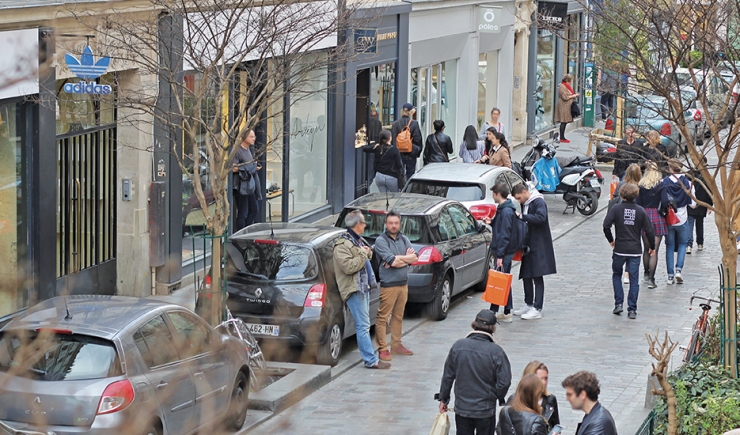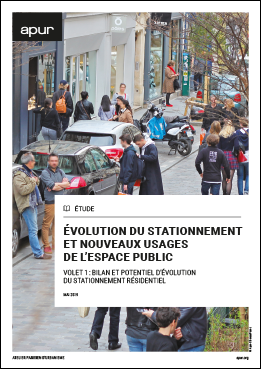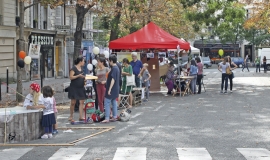What are the challenges, trends and possible evolution linked to residential parking? Apur here draws up an analysis of recent trends and contributes towards setting up a new frame of reference for Parisian public space.

In this new study, Apur puts forward a vision of the mobility challenges connected to managing parking. Recent developments in mobility and low-carbon vehicles, the emerging trend of pooling indoor carparks, the development of digital tools for improving knowledge and the management of parking on offer are all subjects included in the study. As are ecological issues, comfort and the uses and attractiveness of public space.
This three part work is a contribution to setting up a new frame of reference for public space in Paris.
Part 1 - “A report on the present situation and the potential evolution of residential parking” - provides a quantitative inventory of recent changes and opportunities for developing parking space that is accessible to Parisian residents. This has revealed that in Paris there are 621,600 available parking spaces for residents on roads and in carparks, while the number of privately owned cars amounts to 462,700 vehicles. This means that approximately 150,000 residents’ parking spaces could potentially be turned towards other parking uses or new services, representing a potential area of 96 hectares.
Part 2 - “Developing the uses of roadside parking strips” - sheds light on the various challenges linked to transforming parking spaces and the impact this would have on the city, which is confronted by adapting to the urgencies of climate change and the value of public space.
Finally Part 3 - “The evolution of carparks” - focuses more specifically on the question of indoor carparks, which represent by far the majority of the off-street parking offer (488,000 housing units provide parking spaces, concessionary and commercial carparks). The role and uses of these carparks are thoroughly put into question in the current context with fewer Parisian households owning cars and the drop in cars being used to travel around Paris as well as the metropolis.
Tomorrow, indoor carparks will no longer only serve the function of providing parking spaces for privately owned vehicles, the types of uses they could serve needs to be rethought (car-sharing, car-pooling, two-wheel vehicles and active mobility). Key players questioned no longer position themselves only as carpark operators, but more and more as actors of mobility who are open to other uses and the partial transformation of carparks for the benefit of urban logistics, agriculture, sports facilities…









